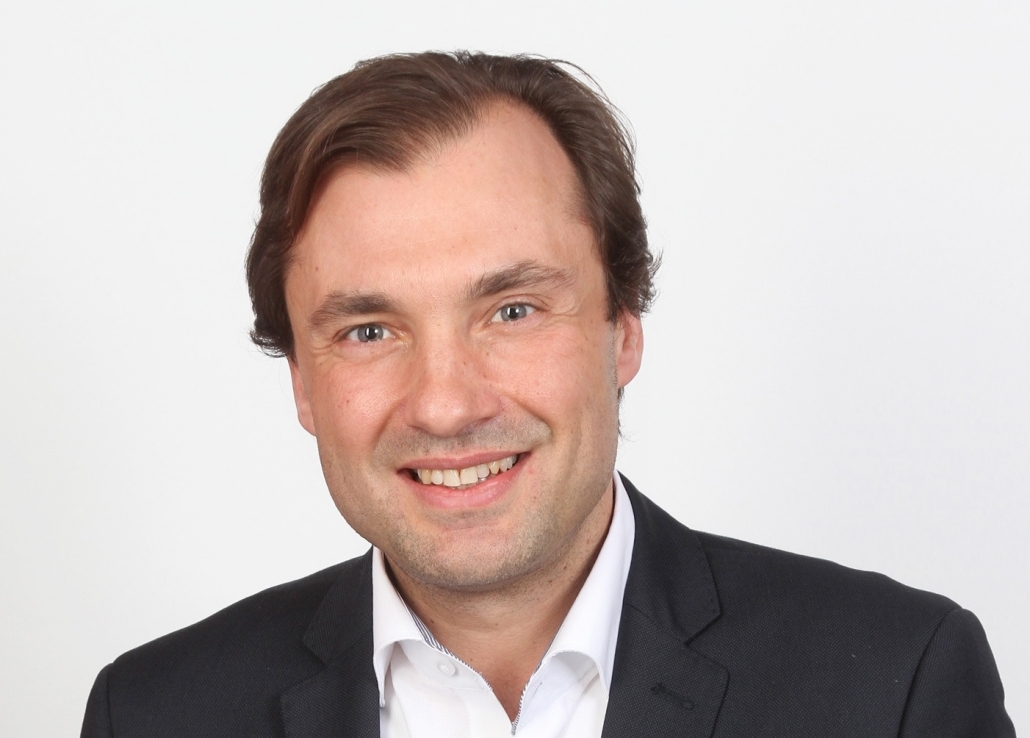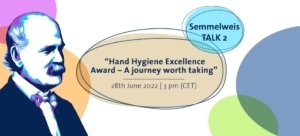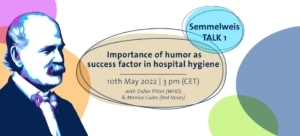Why are cross-border initiatives in the fight against AMR so important? We asked Prof. Alexander Friedrich, chair of the Department of Medical Microbiology and Infection Prevention, University Groningen. The initiator of the current EurSafety project is dealing with this item since the late 90s, when studies showed, that the prevalence rates of MRSA in countries such as the Netherlands or Denmark are up to 20 times lower than in Germany.
Prof. Friedrich, one of the main objectives of EurSafety-Health-Net is to generate cross-border knowledge. Can you describe a little bit the importance of this cross-border aspect, and what are the findings obtained since 2009 (begin of EurSafety)?
As in the Netherlands you find up to 20times less multidrug resistant microorganisms (MDRO) than in Germany and other countries, patient care across the border is not equally safe, at least for Dutch patients. In border regions, you can learn from each other and help each other to implement effective measures to reduce infections caused by MDRO. We learned in EurSafety Health-net that MDRO are not only spread within the hospitals from patient to patient (e.g. via the hands of the healthcare workers), but also with the patients when they are discharged and transferred to other hospitals in the region. This transfer of patients can be measured and hospitals that belong to this network of transfer belong to a definable healthcare region. This healthcare regions are the most efficient unit for the prevention of MDRO and need to behave with respect to prevention as they would all belong to one single hospital, just with different locations. So, we do not only need to step across the border between countries, but especially also across the borders between healthcare institutions and between different professions if we want to reduce MDRO infections. Hospitals in the EurSafety Health-net project that adhere to certain quality criteria, especially the ones of collaborating within these healthcare regions, can acquire a cross border certificate. We were able to show (Jurke et al. Eurosurveillance 2013), that hospitals with these certificates were e.g. able to reduce their nosocomial MRSA-infections by 41%.
Besides EurSafety-Health-Net there exists also MRSA-Net. Can MRSA still be considered as the most dangerous hospital germ, or is it surpassed by other so called superbugs (see the recently at Eurosurveillance published study about the carbapenemase-producing enterobacteriaceae in Europe (Nov, 12)
The EUREGIO MRSA-net is a prototype project in one single region and was rolled-out further within EurSafety Health-net alongside the whole Dutch-German border region. MRSA is in some countries still the most prevalent single MDRO-species found in patients. In the last years, on top of MRSA, other MDRO have been spreading, taking advantage of the same shortcomings of our healthcare systems. In consequence other MDR, such as Vancomycin resistant Enterococcus faecium and Carbapenem-resistant bacteria (Enterobacteriaceae (CRE) and Non-fermenters (e.g. CRAb)) are imported into EU-hospitals and start spreading. We need to address these shortcomings, which are structural challenges and a lack in specialized expertise in prevention, diagnostics and optimal therapy of infections in all healthcare settings. This lack in expertise is visible in an overuse of antibiotics, low hand hygiene compliance, not enough preventive and indicated microbiological diagnostics and no regional collaboration and coherence in prevention and data. Next to this healthcare associated problem, there is a ecological challenge, which is related to the spread of BRMO in farming by the overuse of antibiotics by veterinary medicine and industrialized farming. This has indirect influence on the occurrence of MDRO and shows that the overall problem can only be tackled in an integrated OneHealth approach, involving human, veterinary medicine and environment.
Anyway, we need to protect patients from being infected today in our hospitals and we need to focus our efforts on the hospital-acquired MDRO, especially CRE. A major goal here is to maintain countries free from bloodstream infections caused by CRE. In the Netherlands, we decided to set therefore for the following goal: “Netherlands: CRE-free in 2025”. We hope that many other countries will follow us in this ambition.
On your homepage (under peer-reviewed publications) I found a publication of 2015 with the title “Automatic day-2 intervention by a multidisciplinary Antimicrobial Stewardship-Team leads to multiple positive effects”. Could you describe a little bit this publication?
In this publication, our Antibiotic-Team (A-Team) implemented a 48h bundle for the antimicrobial stewardship. This means, that an automatic email-alert is sent from the pharmacy directly to the A-Team when a patient receives for 48h a specific antibiotic. This generates an on-ward consultancy by one of the clinical microbiologists or infectious disease physicians on the indication fort his antibiotic. The results show, that only 26% of the initially started antibiotics remains unaltered. In 74% of the cases, the antibiotic therapy is changed after the A-Team-Intervention. In 20% the antibiotic therapy is even stopped. This mainly on basis of microbiological expertise and laboratory results. The A-Team was also able to show that every Euro invested in the A-Team generates around 6 Euro back for the hospital due to less antibiotics used and a shorter length of stay of the patient. The Return on Investment in A-Teams is therefore in this study 1:6.
What can we learn from the Scandinavian countries? What is your experience?
Scandinavian countries are similarly organized as the Netherlands. Usually all hospitals have clinical microbiologists and invest intensively in prevention, diagnostics and consultancy for optimal therapy by dedicated staff. Norway, with its 5 Mio inhabitants has e.g. around 80 clinical microbiologists. Germany e.g. has 700 clinical microbiologists for 81 Mio inhabitants. Furthermore, clinical microbiologists have the core-competence in prevention, diagnostic and therapy advice. An important success factor is that in almost all hospitals there is working also a clinical microbiologists with its own laboratory diagnostic focused on the own patient group. Maybe one of the most important factors is the intercollegial acceptance between medical specialists, especially the acceptance of the advice of a clinical microbiologists by other medical specialists in the hospital. Due to the fact that the clinical microbiologist are co-responsible for the treatment of the patient and are usually on ward for consultancy and available 24/7, clinical colleagues accept more easily the advice than in countries, where the lab-based microbiologist is sitting far away from the patient and giving ‘long distance’ advices via the phone. I would also doubt such a tele-microbiologists. Scandinavian countries and the Netherlands makes it clear. The clinical microbiologists is a medical specialist co-responsible for the treatment of the infected patient and he works within or in direct vicinity to the hospital where the patient is located. He translates the questions of the daily patient care into questions that need to be answered by the laboratory and not vice-versa, that only answers can be given for which the necessary technology is available, as it occurs frequently in countries where microbiology has be outsourced far away from the patient.
In the recently (also in german) published book The end of antibiotics…, author Rinke van den Brink is mentioning you regarding the aspect of hygiene: The sentence Antibiotica are the motor of resistances, poor hygiene is the photocopier therefore is a very good picture (!), that underlines the signification of good hygiene resp. hand hygiene. Are you confident, that the motor of resistances and its photocopier can be stopped in the next years?
What we want to say here is, that there are two major groups of hands that are responsible for the increase of hospital-acquired MDRO worldwide. The hands, that prescribes antibiotics and the hands that are not desinfected before and/or after patient contact. Both hands are a kind of Yin&Yang of the MDRO-prevention. It means also, you can perform optimal hand hygiene, if you do not reduce antibiotic use you will not make it. On the other side, there is another factor. Just performing optimal hand hygiene might not be sufficient in case of many MDRO. Settings where a lot of patients and few healthcare workers are present and at the same time many antibiotics are prescibed, MDRO will be transmitted despite a good hand hygiene. The decision on this relies on the identification of the MDRO carriership in a patient. Herefore, real-time microbiological identification is of utmost importance. Again, all comes back to the 3 core-competences, the prevention, the diagnostic and optimal therapy.
Link to EurSafety




